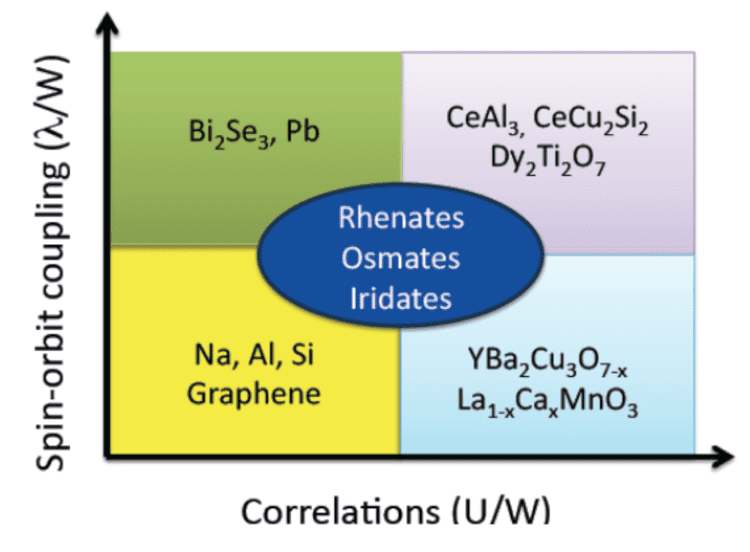 | ||
Atomic scale engineering of the electronic and orbital properties of complex oxides
A complex oxide is a chemical compound that contains oxygen and at least two other elements (or oxygen and just one other element that's in at least two oxidation states). Complex oxide materials are notable for their wide range of magnetic and electronic properties, such as ferromagnetism, ferroelectricity, and high-temperature superconductivity. These properties often come from their strongly correlated electrons in d or f orbitals.
Contents
- Atomic scale engineering of the electronic and orbital properties of complex oxides
- Natural occurrence
- Applications
- Magnets
- Transducers and actuators
- Capacitors
- Fuel cells
- Gemstone jewelry
- New electronic devices
- Commonly studied complex oxides
- References
Natural occurrence
Many minerals found in the ground are complex oxides. Commonly studied mineral crystal families include spinels and perovskites.
Applications
Complex oxide materials are used in a variety of commercial applications.
Magnets
Magnets made of the complex oxide ferrite are commonly used in transformer cores and in inductors. Ferrites are ideal for these applications because they are magnetic, electrically insulating, and inexpensive.
Transducers and actuators
Piezoelectric transducers and actuators are often made of the complex oxide PZT (lead zirconate titanate). These transducers are used in applications such ultrasound imaging and some microphones. PZT is also sometimes used for piezo ignition in lighters and gas grills.
Capacitors
Complex oxide materials are the dominant dielectric material in ceramic capacitors. About one trillion ceramic capacitors are produced each year to be used in electronic equipment.
Fuel cells
Solid oxide fuel cells often use complex oxide materials as their electrolytes, anodes, and cathodes.
Gemstone jewelry
Many precious gemstones, such as emerald and topaz, are complex oxide crystals. Historically, some complex oxide materials (such as strontium titanate, yttrium aluminium garnet, and gadolinium gallium garnet) were also synthesized as inexpensive diamond simulants, though after 1976 they were mostly eclipsed by cubic zirconia.
New electronic devices
As of 2015, there is research underway to commercialize complex oxides in new kinds of electronic devices, such as ReRAM, FeRAM, and memristors. Complex oxide materials are also being researched for their use in spintronics.
Another potential application of complex oxide materials is superconducting power lines. A few companies have invested in pilot projects, but the technology is not widespread.
